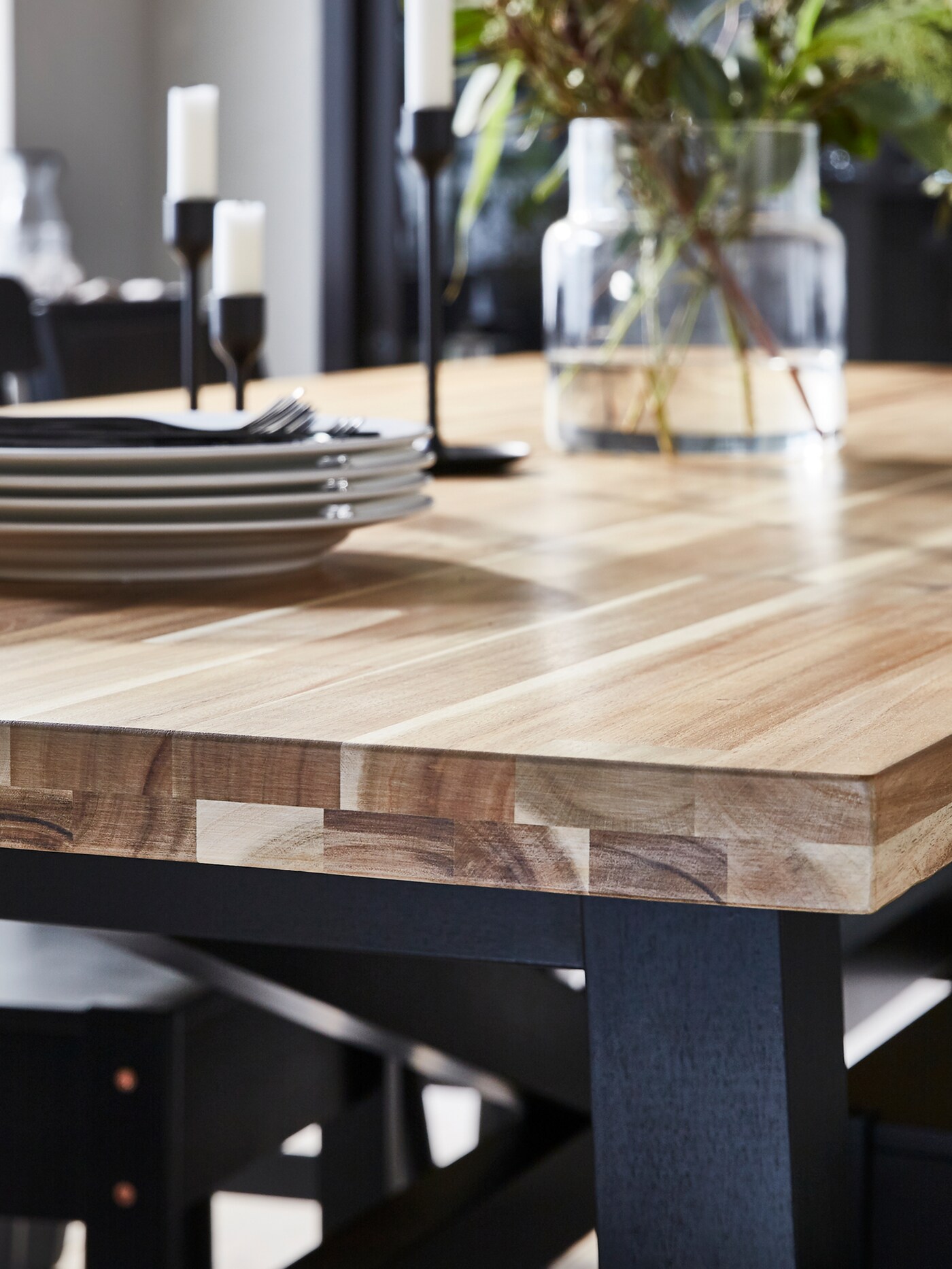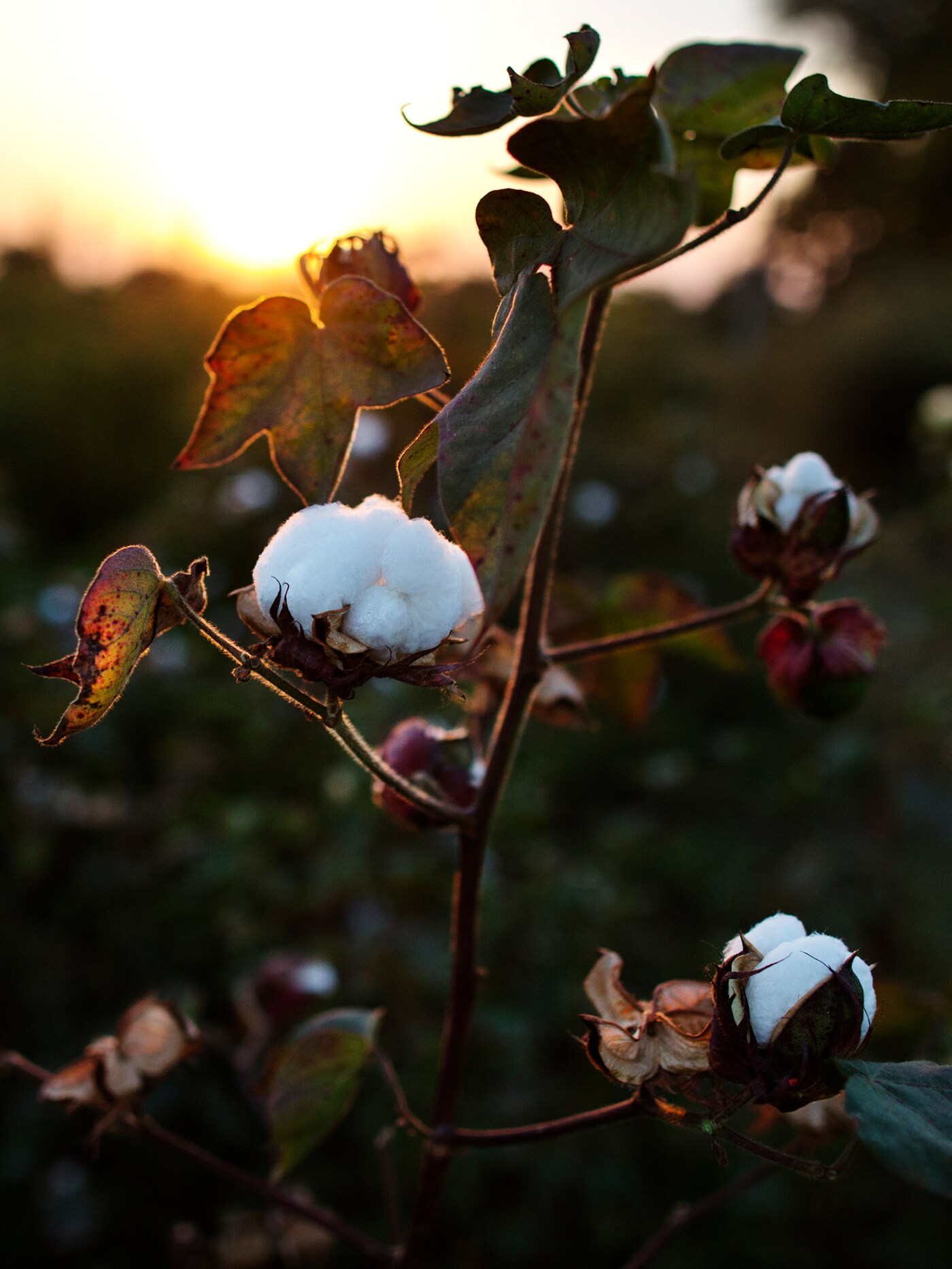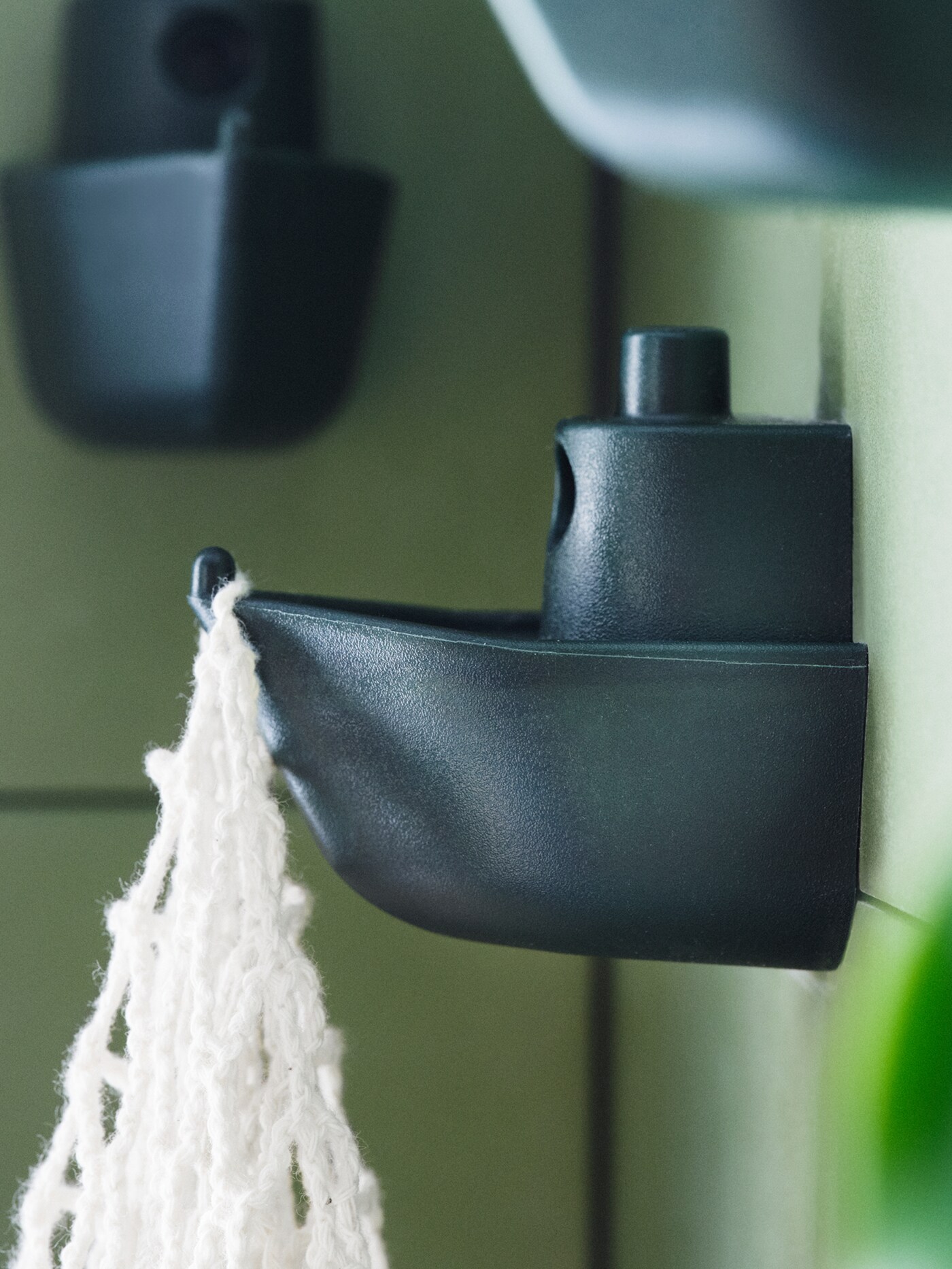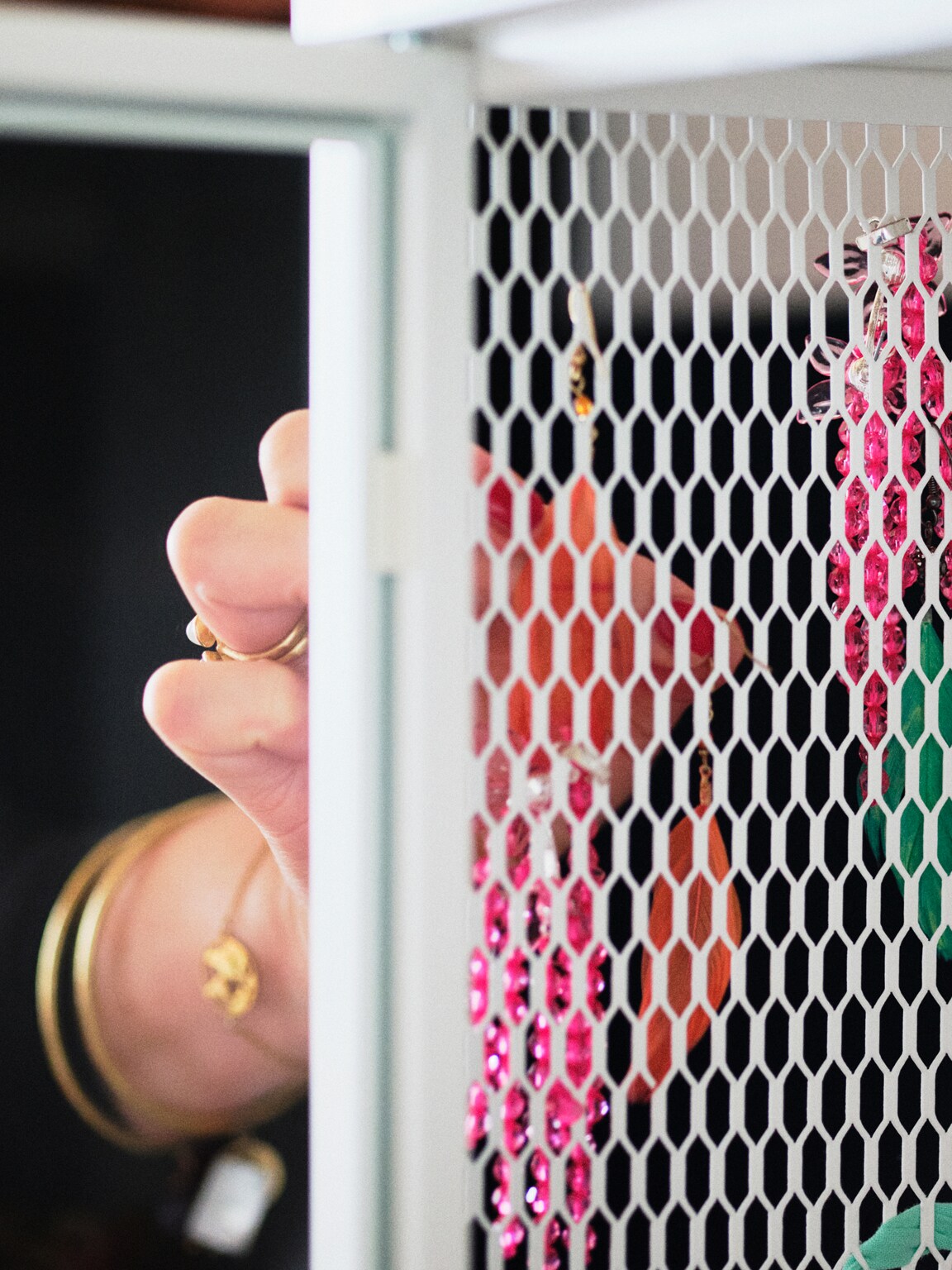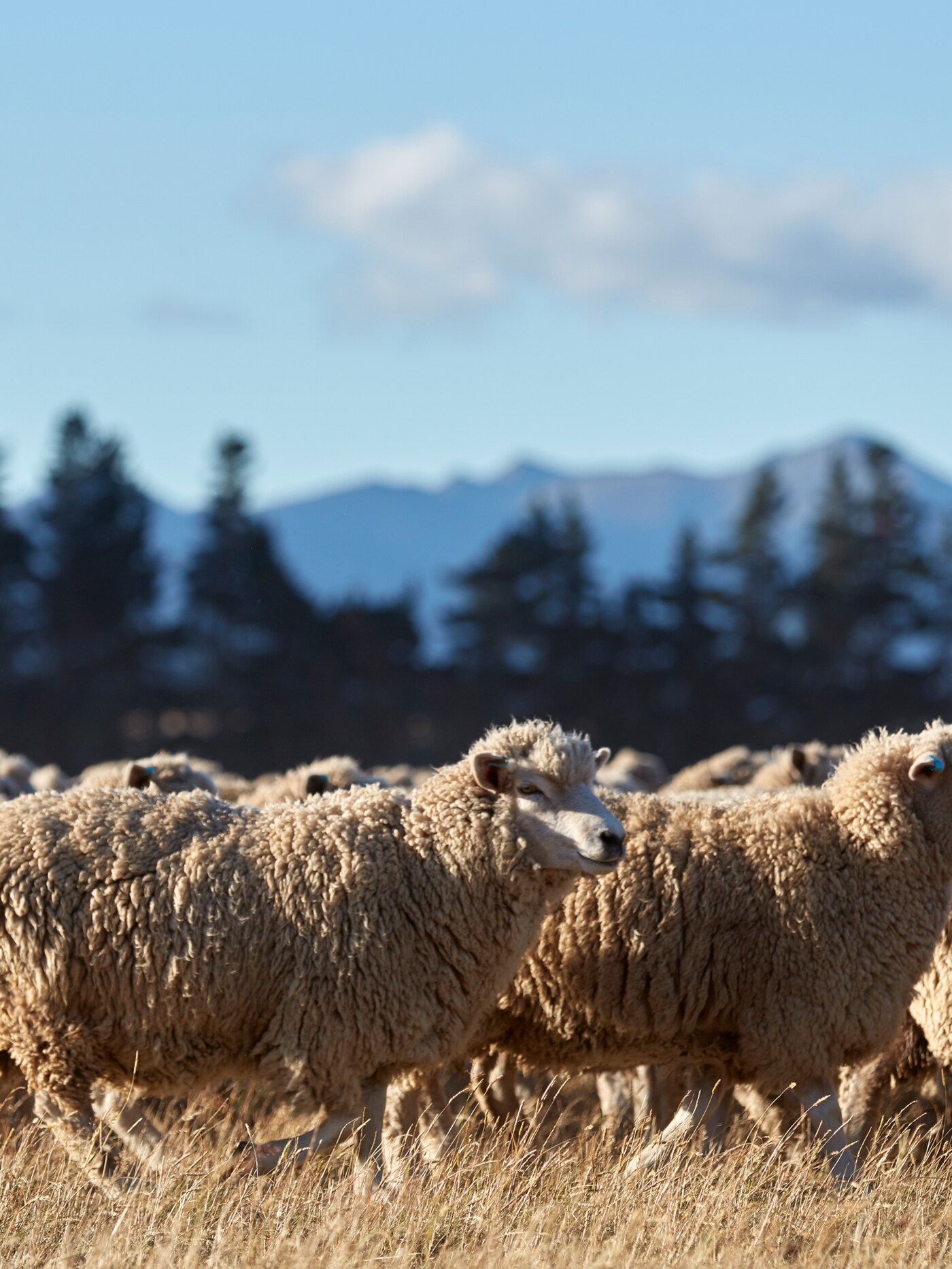Bamboo and its many sustainability benefits
Bamboo has many uses. When produced and used in in the right way bamboo has many possible environmental benefits. We are increasingly using it as a raw material in IKEA products.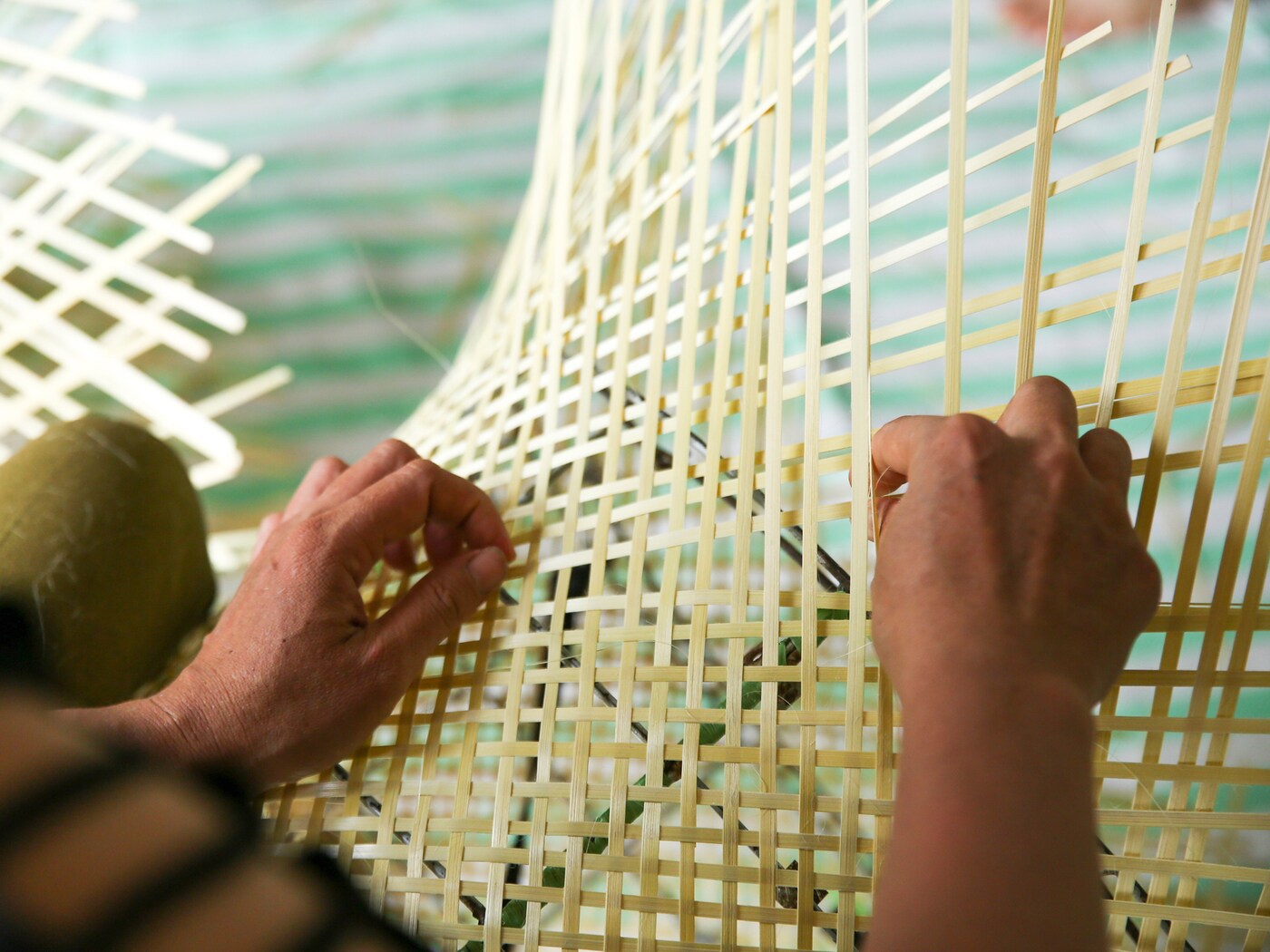
Why we love bamboo
Bamboo is renewable, recyclable and durable – it’s a great material for many well-used products. Its strength also means that structural elements and boards can be made thin, so we can use less material per product than with other materials, natural resources are saved, and transport costs can be reduced.Did you know
That despite its size, bamboo is not a tree but actually a grass.
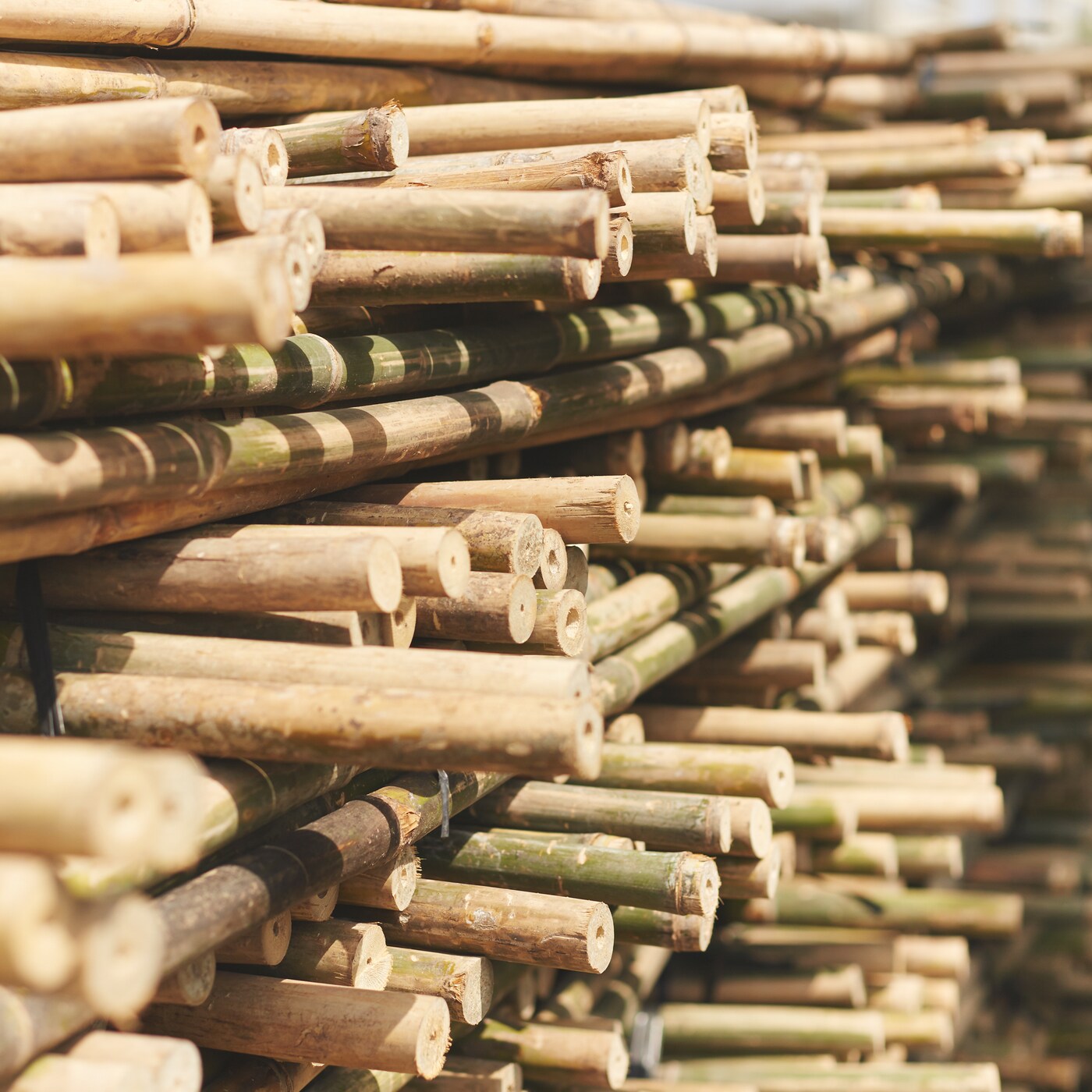
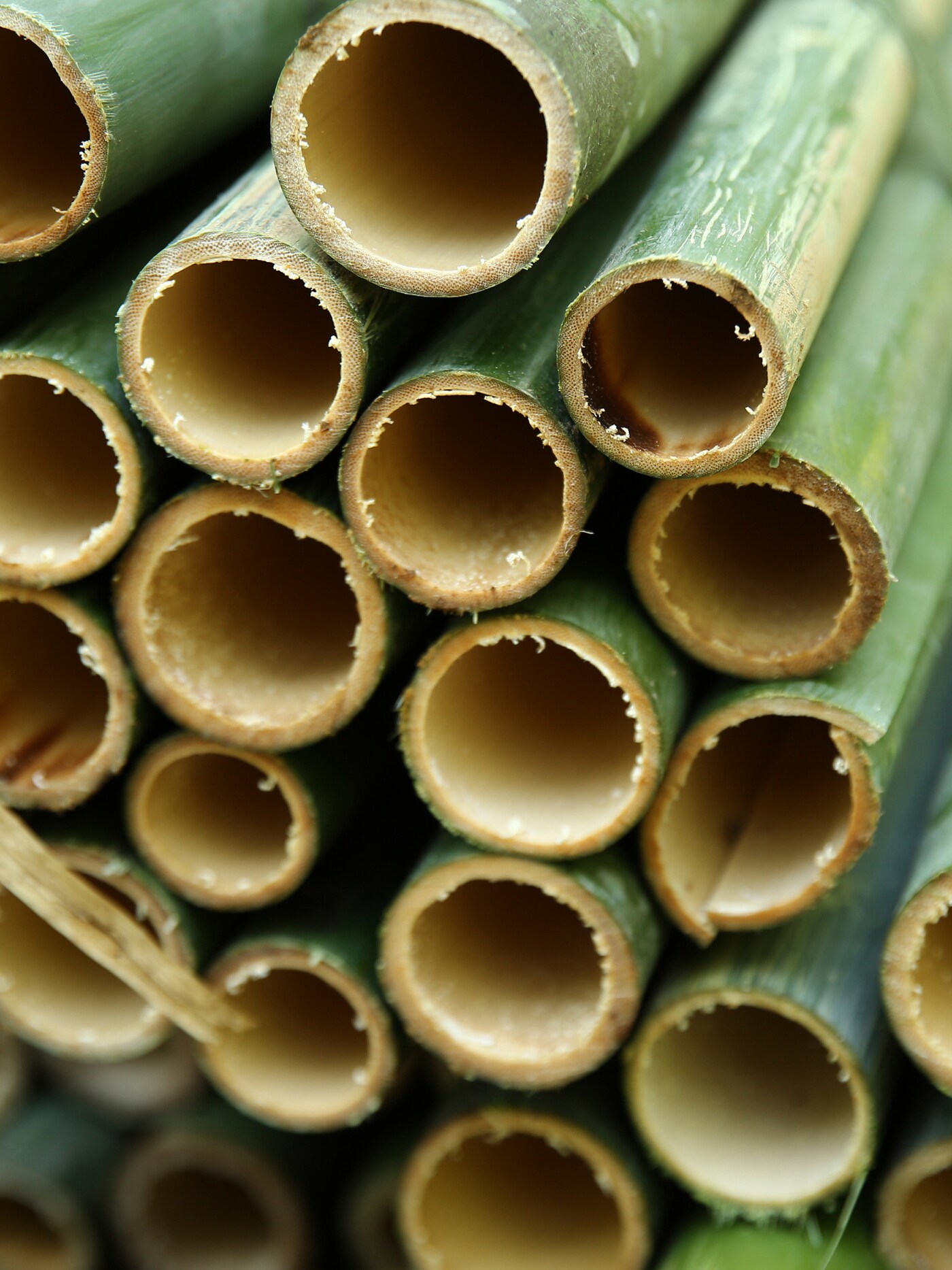
Green in every way
We believe that climate change is one of the biggest challenges facing humanity. Bamboo is a fast, naturally re-growing grass which rarely needs to be replanted once cut down. Young, green bamboo forests can help mitigate climate change since they bind CO₂ effectively as they grow.“Science shows that bamboo can help control erosion, filter CO₂ out of the air and produce oxygen with its high growth rate.”
Aurora Bossi
Sustainability Manager, IKEA
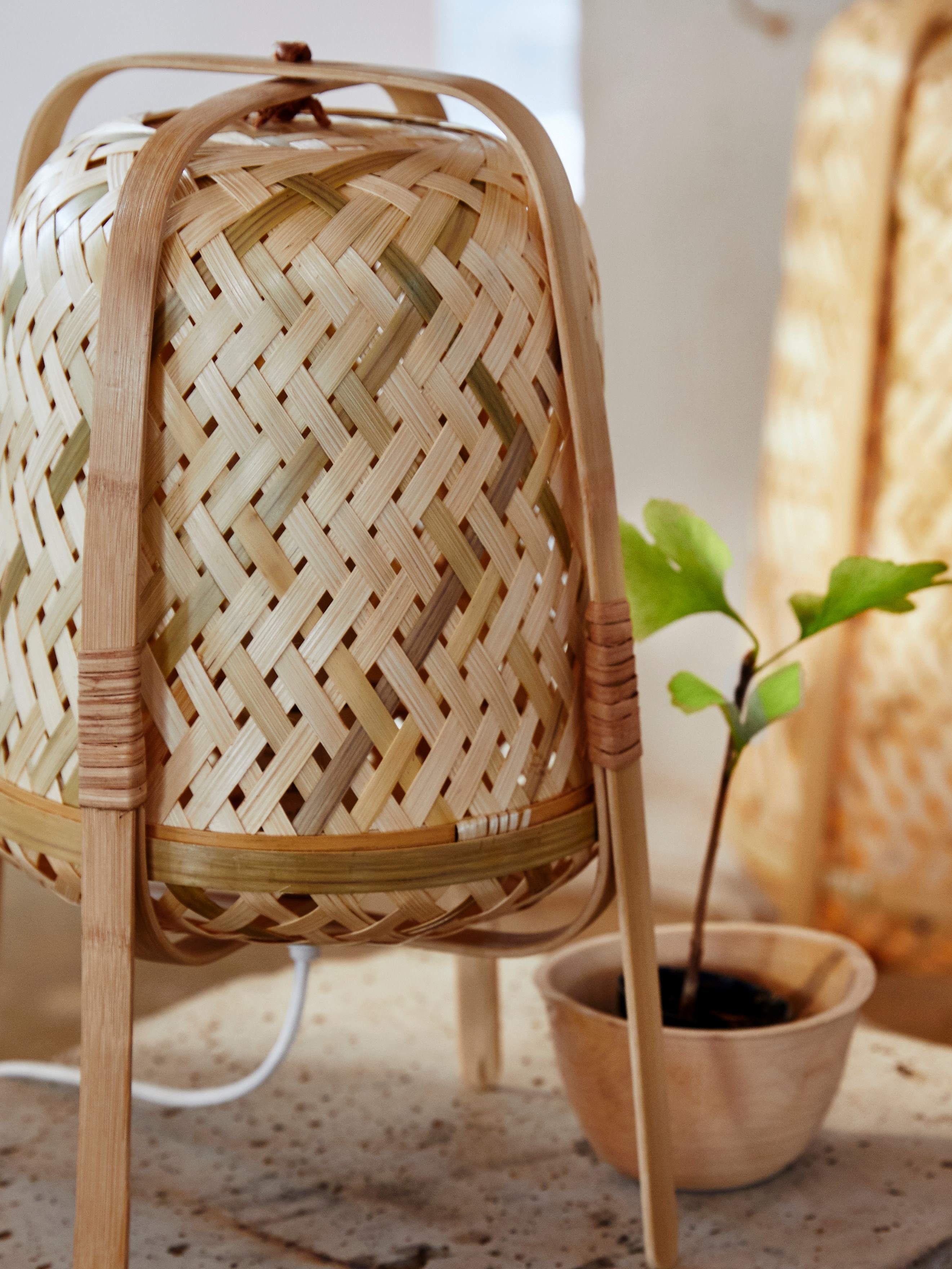
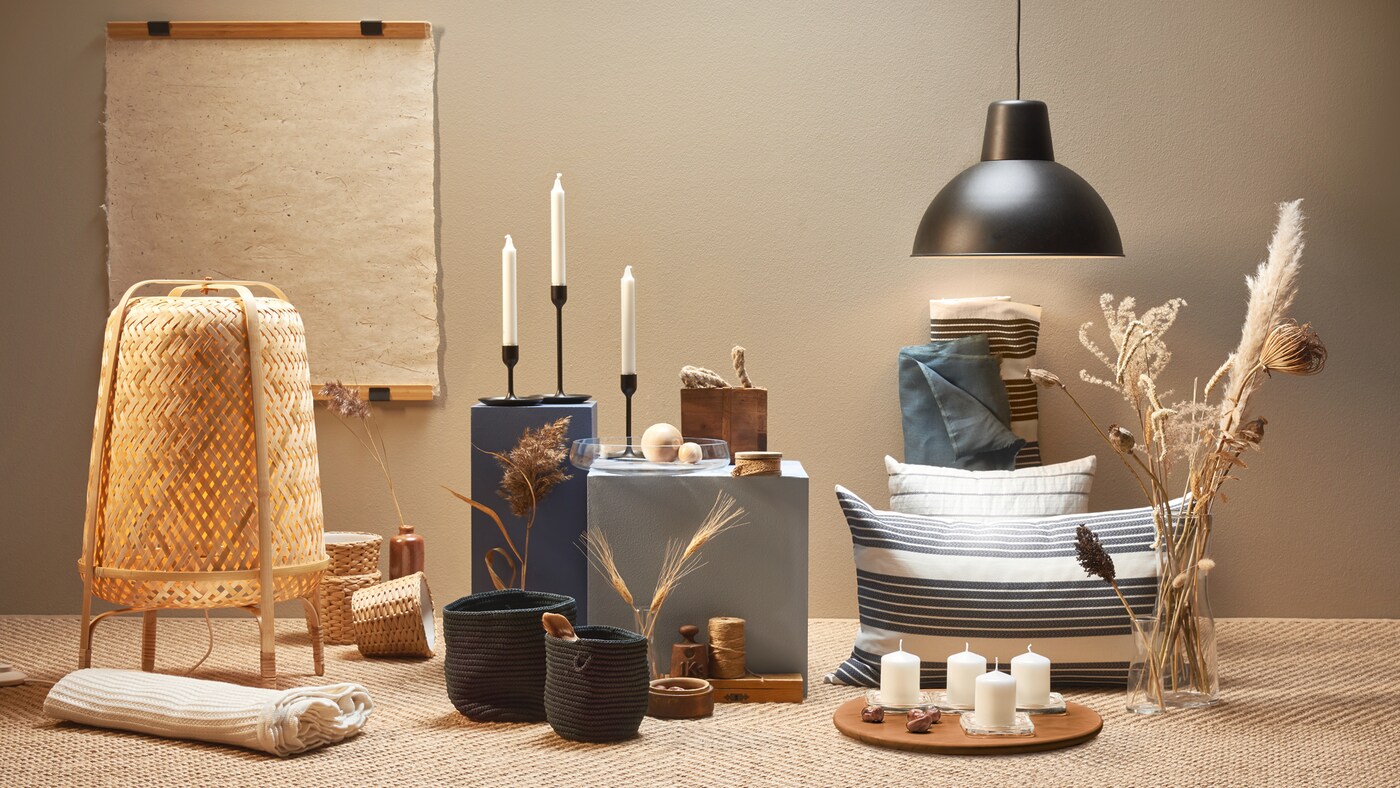
Bamboo facts
- Grows in a wide variety of environments and is adaptable and flexible
- Generally doesn’t require fertilisers or irrigation
- Grows extremely fast
- Rarely needs replanting
- Protects the land where it grows
Did you know
Bamboo is one of the fastest growing plants in the world and as a young plant can grow up to one meter per day.
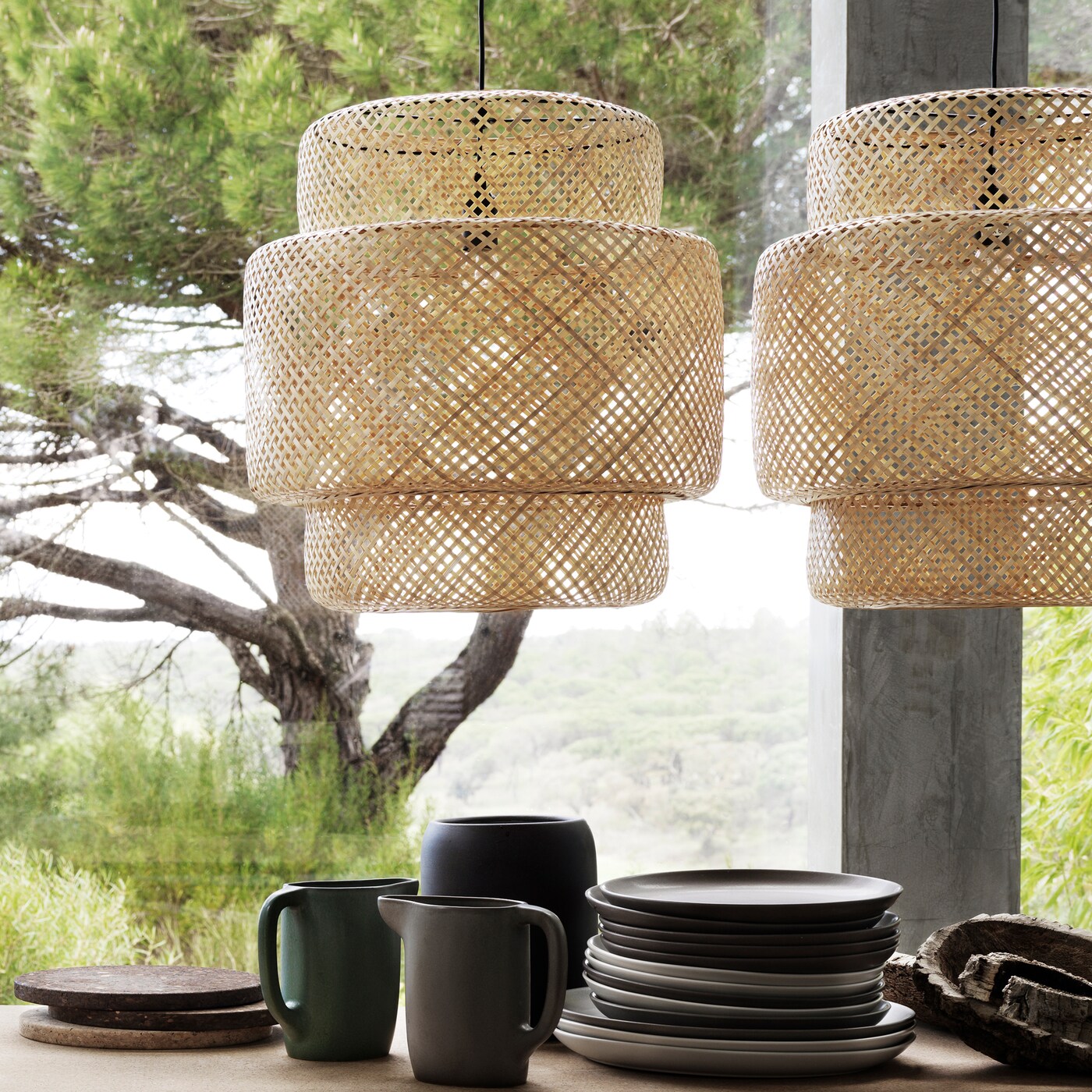
How IKEA uses bamboo
IKEA products that feature bamboo are mainly made from two parts of the plant - the bottom and the middle. Lamellae are used for panels in accessories and furniture, and wickers are used for handicraft techniques such as rolling and weaving. Below are some examples of IKEA products made from bamboo.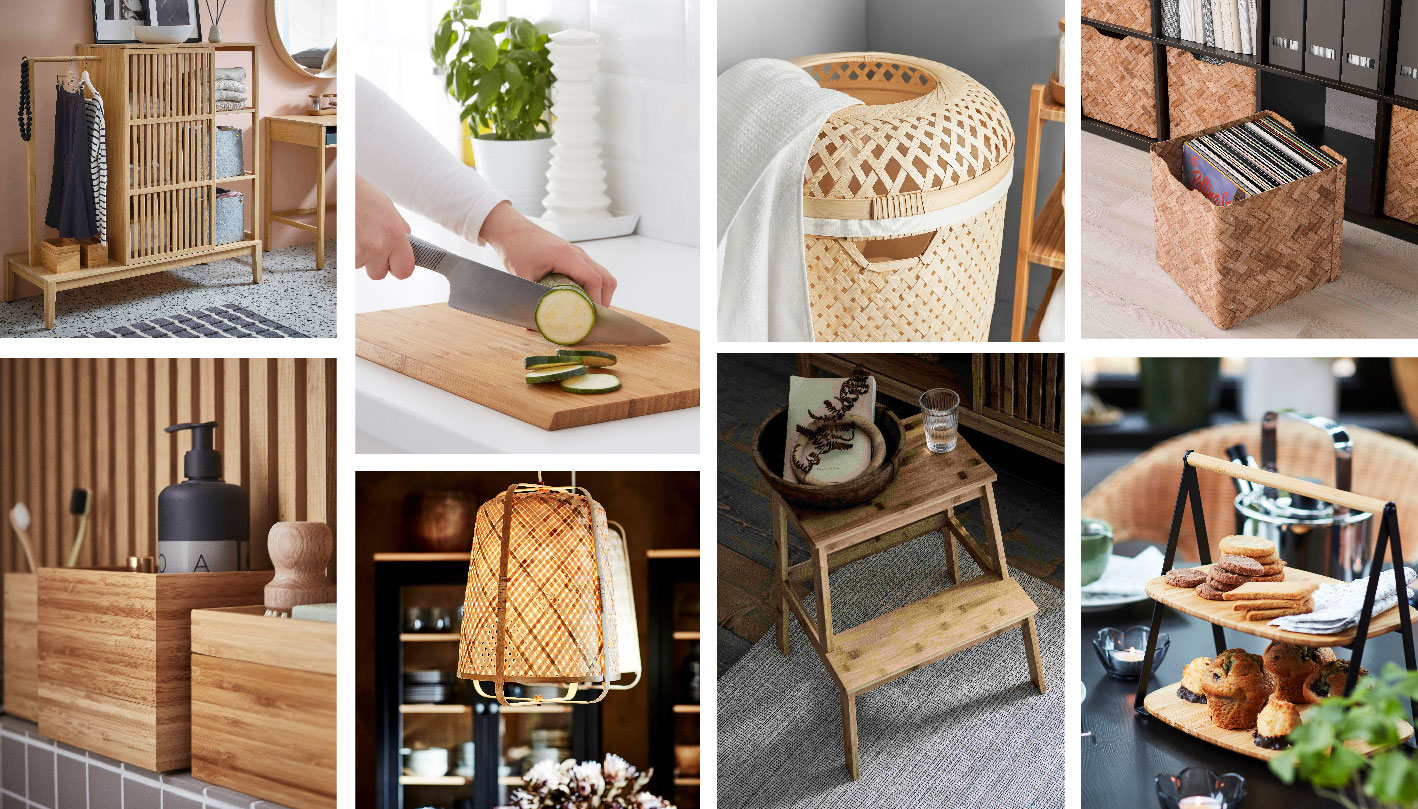
Did you know
There are 1,200 bamboo species in the world. But don’t worry, pandas don’t live where our bamboo is sourced.
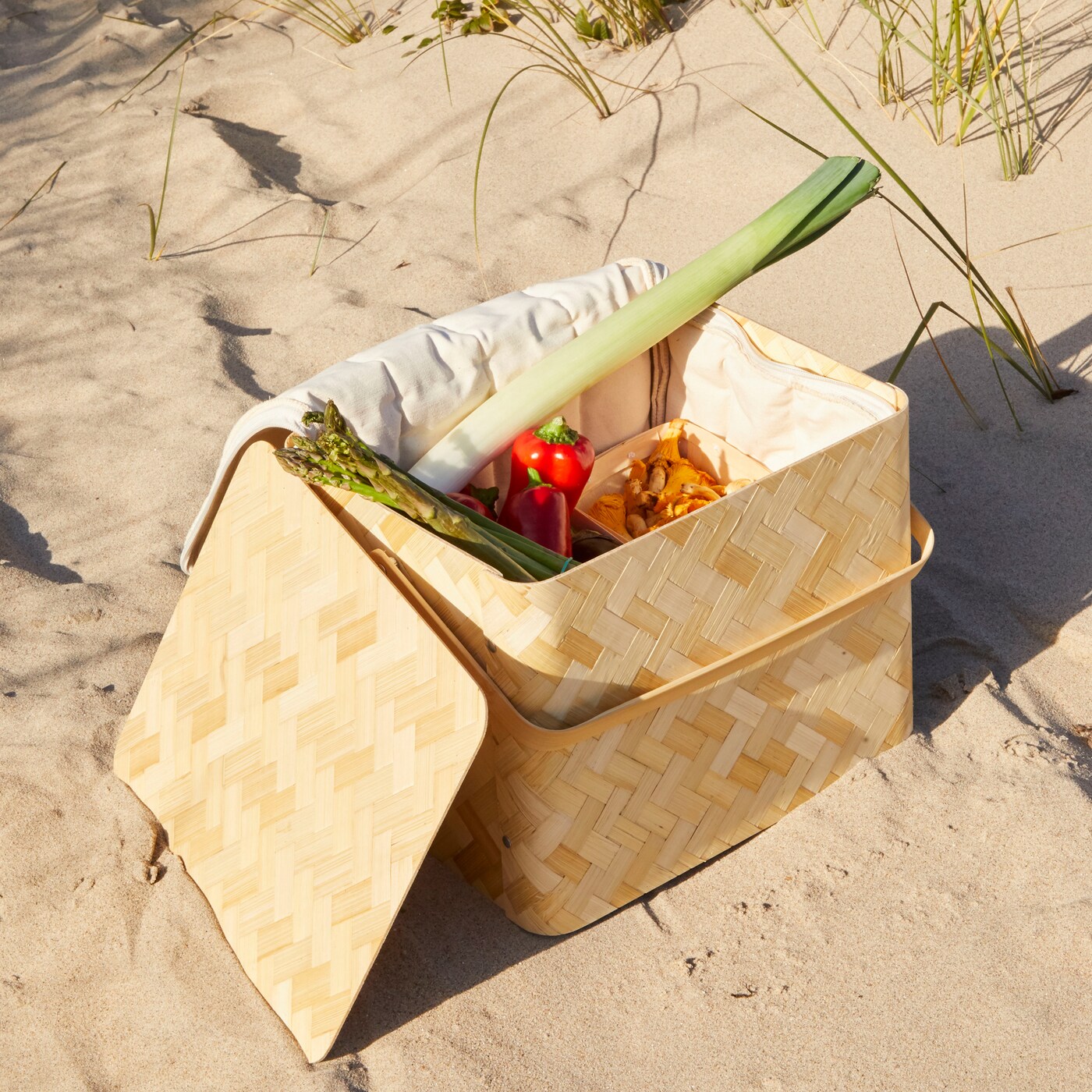
Claims made on this the page come from the paper Yannick Kuehl, Giles Henley and Lou Yiping: “The Climate Change Challenge and Bamboo: Mitigation and Adaption”, INBAR working paper no 65.
